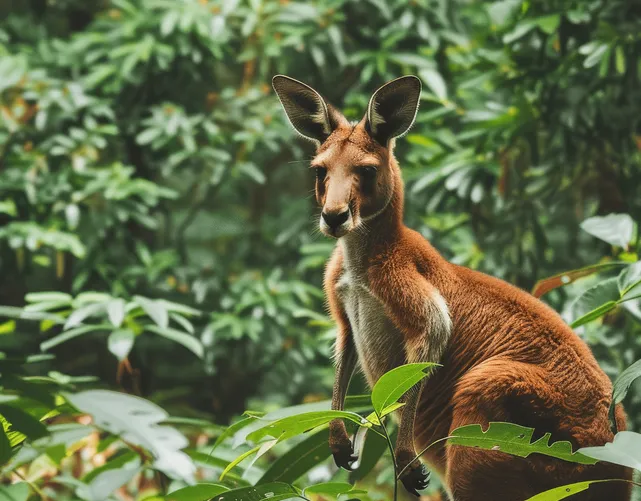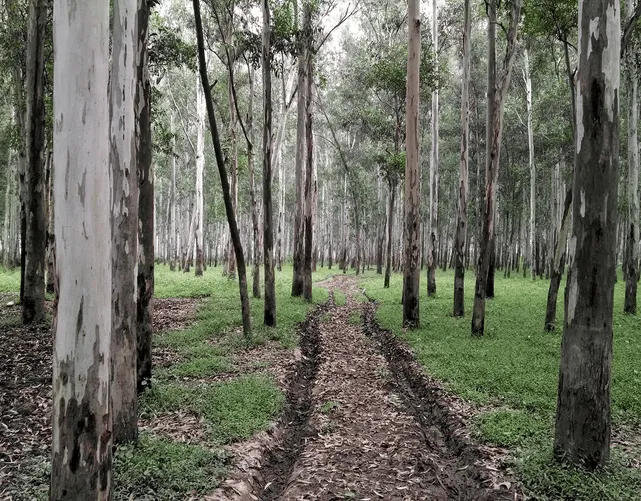Detailed Description of Our Project Areas
Brazil (Amazon Rainforest)
The Lungs of Our Earth
Australia (Tasmania)
Unique forest ecosystems
Ecological significance
The island of Tasmania is home to some of the world’s oldest and most species-rich temperate rainforests. These forests are renowned for their high biodiversity and abundance of endemic species found nowhere else on Earth. Particularly valuable are the old-growth eucalyptus forests, which rank among the planet’s most carbon-dense ecosystems. One hectare of old-growth eucalyptus forest can store up to 1,200 tonnes of CO₂—significantly more than many tropical rainforests.
Challenges
Tasmania’s forests are under pressure from logging, wildfires and climate change. The devastating bushfires of recent years have further underscored the importance of forest protection and restoration in this region. In addition, climate change is altering rainfall patterns and raising temperatures, creating further challenges for these forest ecosystems.


Our measures
In Tasmania, we take a holistic approach to forest conservation and regeneration:
- Protection of existing forests: We have acquired strategically important areas of old-growth forest to protect them from deforestation and preserve their valuable carbon storage. These ancient forests are not only important carbon sinks but also biodiversity hotspots with numerous endemic species.
- Active reforestation: On degraded land, we plant fast-growing eucalyptus species such as the Tasmanian blue gum (Eucalyptus globulus) and the mountain ash (Eucalyptus regnans), which are particularly efficient at binding CO2. These species can grow several metres in height each year during their early growth and are perfectly adapted to local conditions.
- Sustainable agroforestry systems: In response to increasing bushfire risks, we implement modern fire protection strategies that include strategic firebreaks, early warning systems, and controlled preventive burning techniques, partly inspired by traditional Aboriginal fire management practices.
- Collaboration with Indigenous Communities: Through targeted measures, we improve the habitats of endangered species such as the Tasmanian devil, various marsupials, and endemic bird species. This includes the creation of wildlife corridors, the installation of nesting aids, and the protection of special microhabitats.
Special achievements
Tasmanian eucalyptus species are among the fastest-growing trees in the world and show impressive CO2 absorption rates. Under optimal conditions, a young Eucalyptus regnans can grow up to 3–4 metres per year. Our reforestation projects have already transformed several hundred hectares of degraded land into growing forests that not only absorb CO2 but also provide valuable habitats for endangered species. In addition, our fire protection measures have already proven effective in several cases and have helped prevent the spread of bushfires.
